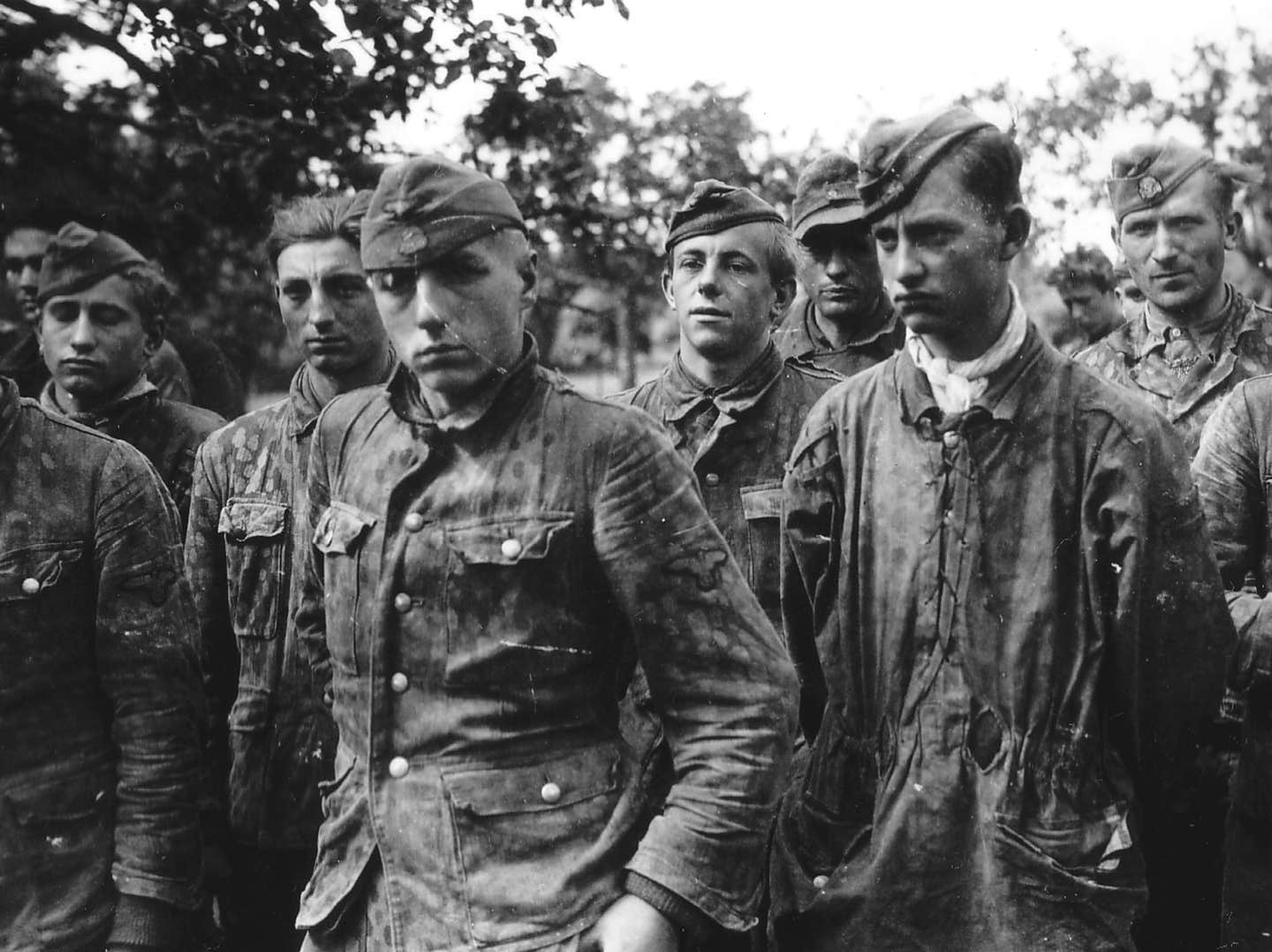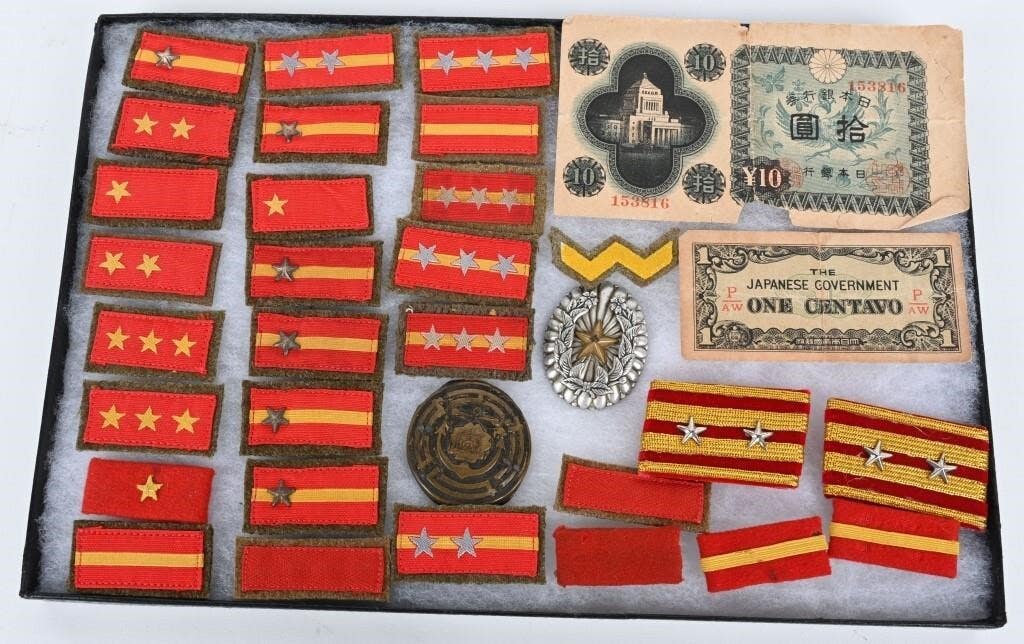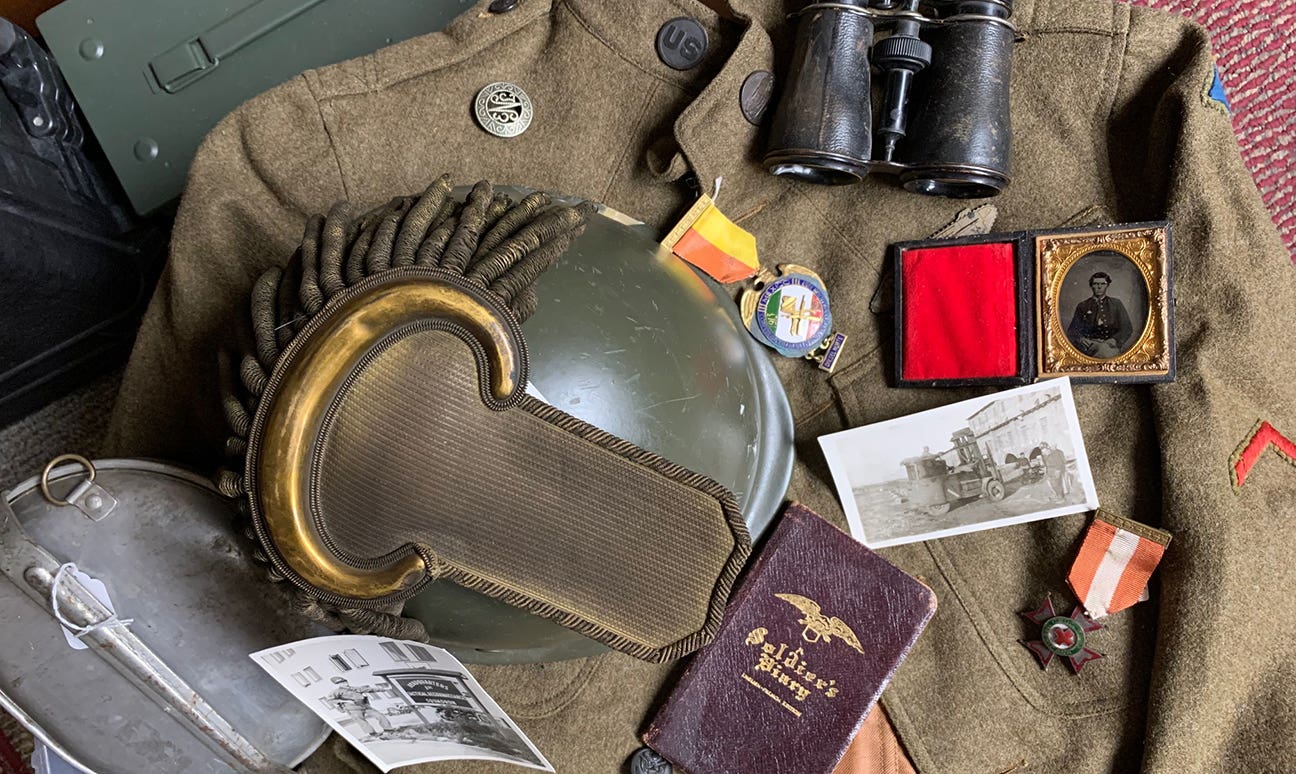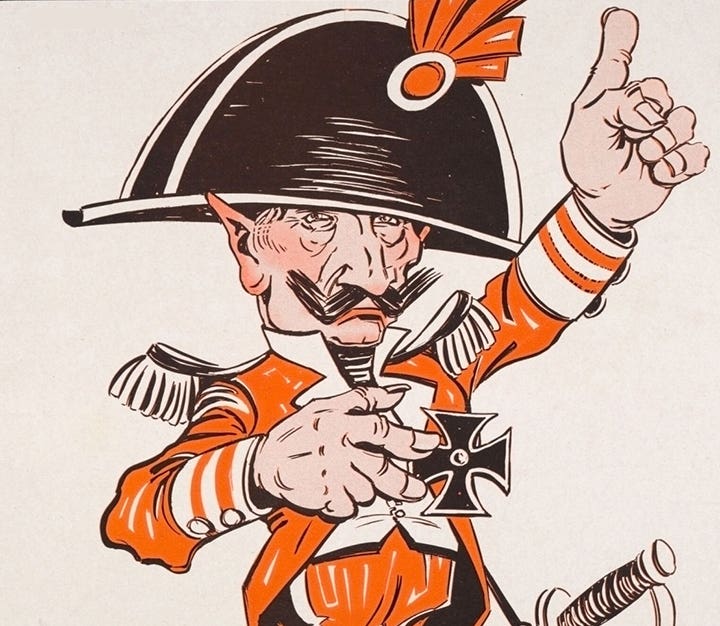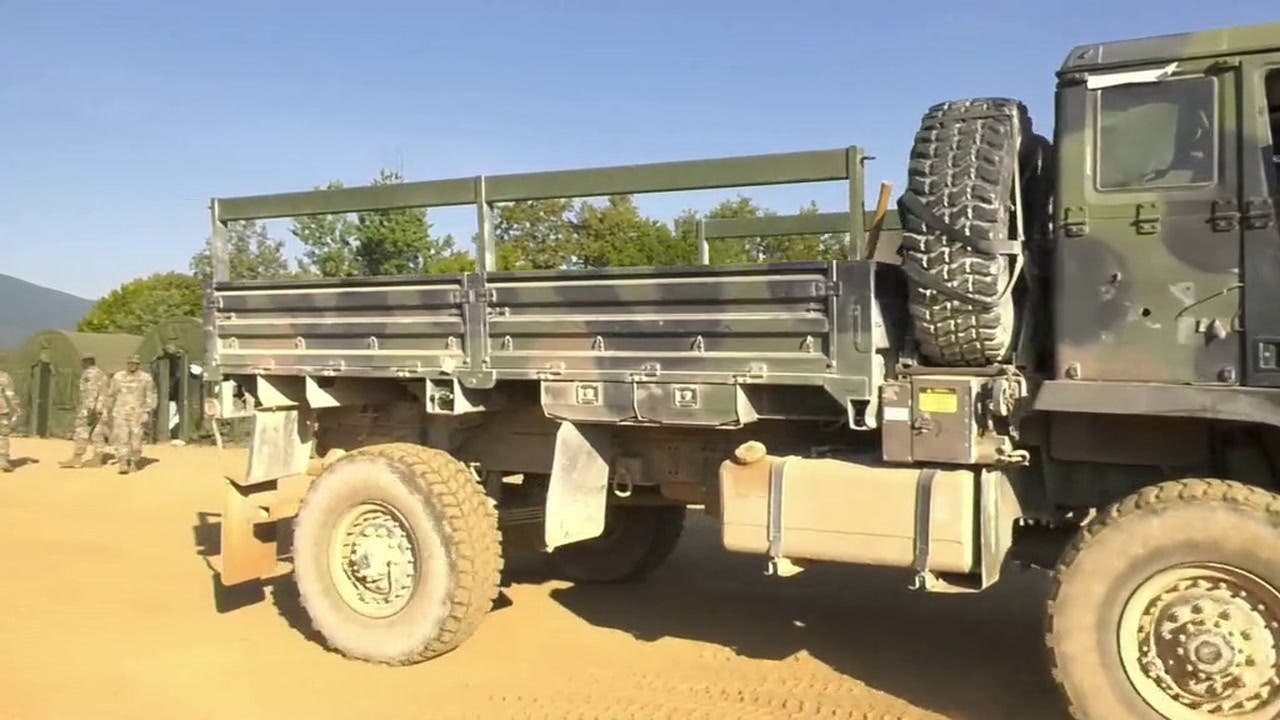That’s My Dad’s Helmet!
A few years ago, a friend posted photos to a collector’s forum of a helmet he had acquired. It was a fine looking WWII-era US helmet with some traces of…
A few years ago, a friend posted photos to a collector’s forum of a helmet he had acquired. It was a fine looking WWII-era US helmet with some traces of a painted insignia on the side of the shell, but more importantly, inscribed on the interior of the rim with the soldier’s name and service number. When it was posted, it garnered plenty of “likes” and “thumbs up” types of comments, and like so much on the internet, it faded from prominent display. But as we all know, nothing “fades out” completely from this wonderful playground.
LIKE P@$ IN A POOL
These days, it has become apparent that nothing disappears from the internet. As Joe on the television comedy “NewsRadio” declared long ago, “You can't take something off the internet. That's like trying to take pee out of a swimming pool! Once it’s in there, it’s in there.” And just like that, my buddy’s helmet reemerged in the center of an internet discussion. It seems, someone who was searching their family history stumbled across my buddy’s posts bragging about his then-recent helmet find. The researcher contacted my buddy, quite bluntly declaring, that the researcher's relative would never have sold his helmet, so therefore it must have been stolen!
Well, this presented a dilemma, and he asked me, "What should I do?" My buddy had legitimately bought the helmet years ago from a surplus source. Chances are, that helmet had remained in service long after the original wearer had returned to civilian life. Regardless, that original owner’s name was still on it, and now, a relative was demanding the “return” of the helmet!
What was my buddy to do? I saw a few options, but I don’t know that I feel any are better than the others. Here’s what he could do, in my opinion.
- Ignore the email. Just because someone contacted him via the internet, doesn’t mean he had to reply. I learned long ago, “The best gunfight to get into is the one you can run away from!” Or, as Dad used to tell me, “It takes two to Tango.”
- Tell them, “Tough tuna! The helmet ‘s mine now.” This would likely have the opposite effect than no. 1 above. I suggested that this option might result in a whole lot of ugliness.
- Reply with an explanation that he bought it legitimately and is willing to sell it to the family for what he paid (the value was up to him to explain).
- Reply explaining that the researcher and his family are confused about the facts. The helmet never “belonged” to their relative. Rather, it was simply issued to him and that it, in fact, belonged to the US Army who had the right to sell it – which they did through surplus disposal.
- Explain that he is honored to be the current caretaker of such a fine historic relic. Ask if the family would like a photograph of the helmet to place in their own records and offer to share any research he might have found with them.
- Give the helmet to the family.
AN ISSUE WE WILL ALL FACE
In this hobby, sooner or later, we are all going to face a similar situation. As a result of sharing data on the internet, someone not in our hobby is going to learn about the medal group, helmet, Jeep, rifle, or whatever, that is attributed to having belonged to a particular veteran. It will be to our advantage to have thought about how we will respond to that email that will show up beginning with, “I saw your post on the internet…” and go on to imply that you or I cannot be the “rightful” owner of a particular item.
And while you and I understand that we collect this stuff as a way to remember the past, someone else may not see it that way. They may perceive our collections as plundering the trophies of innocent families or profiting off of history. The best response will be a forthright, honest one that explains, “I collect to preserve the history of our military, and am honored to be able to do so…”
Preserve the Memories,
John Adams-Graf
Editor, Military Trader and Military Vehicles Magazine
John Adams-Graf ("JAG" to most) is the editor of Military Trader and Military Vehicles Magazine. He has been a military collector for his entire life. The son of a WWII veteran, his writings carry many lessons from the Greatest Generation. JAG has authored several books, including multiple editions of Warman's WWII Collectibles, Civil War Collectibles, and the Standard Catalog of Civil War Firearms. He is a passionate shooter, wood-splitter, kayaker, and WWI AEF Tank Corps collector.



